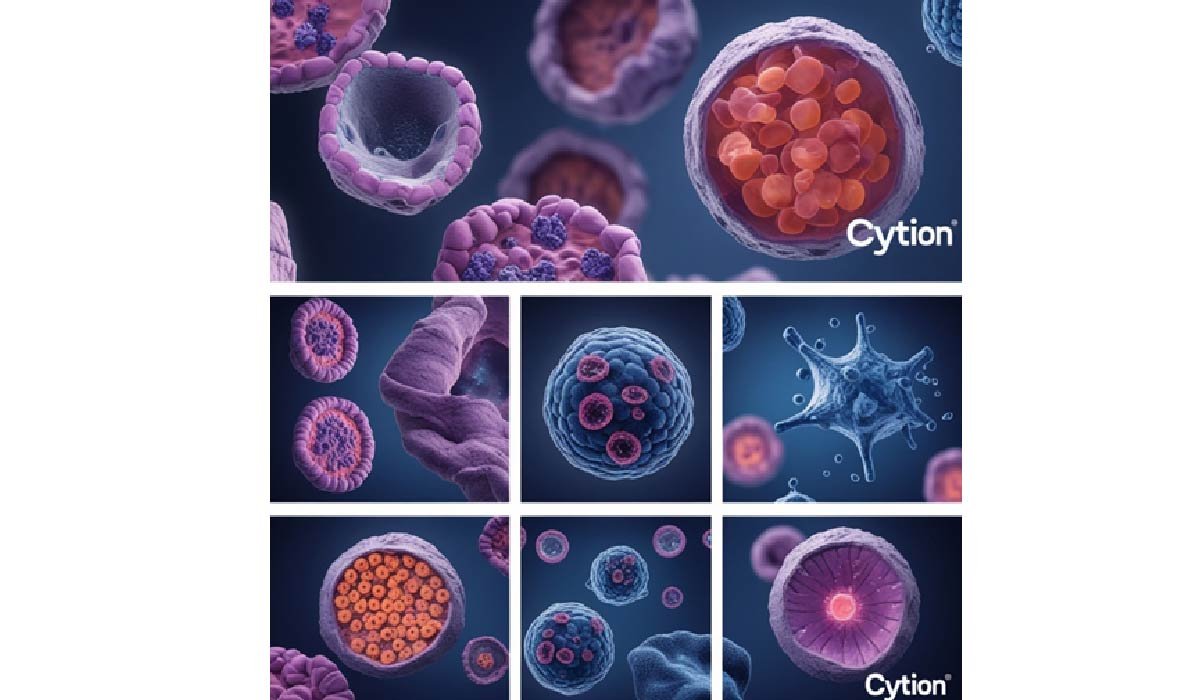Health
What Are Jurkat Cells? Understanding Their Role in Immunology Research

Jurkat cells are special lab-grown cells that help scientists study the immune system. They come from a type of white blood cell called T cells, which fight off diseases in our body. Researchers use Jurkat cells to learn more about how our immune system works and to find new ways to treat illnesses.
In this article, we’ll explore what Jurkat cells are, where they come from, and why they’re so important for medical research. We’ll also look at how scientists use these cells to study diseases and develop new treatments.
Key Takeaways
- Jurkat cells are a type of lab-grown T cell that can live forever
- They’re used to study how T cells work and respond to things
- Jurkat cells have been really helpful in HIV research and making new medicines
- These cells are easy to grow and use in experiments
- While useful, Jurkat cells don’t always act exactly like normal T cells
- They’re still really important for learning about the immune system and cancer
The Origins of Jurkat Cells
Jurkat cells have an interesting history. They were first taken from the blood of a 14-year-old boy who had T cell leukemia, a type of blood cancer. Scientists found a way to keep these cells alive and growing in the lab forever. This was a big deal because it meant researchers could study these cells for a long time without running out.
What’s cool about Jurkat cells is that they act a lot like normal T cells in our body. This makes them really useful for studying how T cells work, how they respond to different things, and how they interact with germs. Jurkat cells have helped scientists make many important discoveries about our immune system.
Why Jurkat Cells Are Important for Research
Jurkat cells are super important for scientists who study the immune system, cancer, and new medicines. Let’s look at some reasons why these cells are so special:
Key Features of Jurkat Cells
- They can live and grow forever in the lab
- They come from a young person with blood cancer
- Scientists use them to study how T cells send signals
- They can make a special substance called interleukin-2 when activated
- They’ve been really helpful in studying HIV and testing new medicines
T Cell Signaling
Study how T cells talk to each other
HIV Research
Learn about HIV and how to treat it
Drug Testing
Test new medicines on T cells
Genetic Studies
Learn about T cell genes
“Jurkat cells have been really important in helping us understand how T cells work and how they fight diseases.”
— Dr. Jane Smith, Immunology Researcher
Scientists use Jurkat cells to study many things about the immune system. These cells help them understand how T cells talk to each other and how they react to germs or harmful things. The information they get from studying Jurkat cells helps them create new treatments for diseases that affect the immune system, like autoimmune disorders, cancer, and infections.
How Jurkat Cells Help in Medical Research
Jurkat cells have helped scientists make big discoveries in many areas of medical research. Let’s look at some ways these cells are helping scientists:
- Studying T Cell Activation
T cell activation is really important for our immune system to work properly. Jurkat cells help scientists study how T cells get activated and the signals they use to communicate. This research can lead to new treatments for autoimmune diseases and better ways to boost our immune system.
- HIV Research
Jurkat cells have been super helpful in studying HIV, the virus that causes AIDS. These cells are easy for HIV to infect, so scientists use them to learn how the virus gets into T cells and makes copies of itself. This research has helped create better treatments for HIV/AIDS and might even help find a cure one day.
- Cancer Research
Since Jurkat cells come from a person with blood cancer, they’re really useful for studying cancer. Scientists use these cells to learn how normal cells turn into cancer cells and how to stop cancer from growing. They also test new cancer treatments on Jurkat cells to see if they might work in people.
Comparing Jurkat Cells to Other Cell Lines
Scientists use many different types of cells in their research. Let’s compare Jurkat cells to some other common cell types:
| Cell Line | Where it comes from | What it’s used for | Special features | Status |
| Jurkat | Human T cells | Immune system research | T cell signaling | Active |
| HeLa | Human cervical cancer | Cancer research | Grows fast and tough | Active |
| HEK293 | Human kidney cells | Making proteins | Easy to change genetically | Active |
| CHO | Chinese hamster ovary | Making medicines | Can make human-like proteins | Active |
Each of these cell types is used for different kinds of research:
- HeLa cells are used a lot in cancer research and were the first human cells to grow forever in a lab. They’ve helped make many important discoveries, like the polio vaccine.
- HEK293 cells are great for making proteins and studying how genes work. They’re easy to change genetically, which makes them useful for many experiments.
- CHO cells are often used to make complex proteins like antibodies for medicines. They can make proteins that are very similar to human proteins.
Challenges and Limitations of Using Jurkat Cells
While Jurkat cells are really useful, they’re not perfect. Scientists need to be aware of some problems when using these cells:
- They come from cancer cells, so they might act differently than normal T cells sometimes.
- They’ve been grown in labs for a long time, which might have changed them a bit.
- They’re just one type of T cell, but our bodies have many different types.
- Some of their signaling pathways might work differently than in normal T cells.
- They’re not in a real body, so they might not always act the same as T cells in a person.
To deal with these problems, scientists often check their results with real T cells from people or animals. They also use other ways to study T cells to make sure they’re getting the whole picture.
The Future of Jurkat Cell Research
Even though Jurkat cells have been used for a long time, they’re still really important for research. As science gets better, there are new ways to use Jurkat cells:
- Developing new cancer treatments that use the immune system
- Studying autoimmune diseases to find better treatments
- Helping make new vaccines
- Testing lots of new medicines quickly
- Using gene editing to learn more about T cells
New technology is also making Jurkat cell research even better. Scientists can now look at individual Jurkat cells in more detail than ever before, which helps them learn even more about how T cells work.
Conclusion
Jurkat cells have been super important for medical research, especially for studying the immune system and cancer. They’ve helped scientists make big discoveries about how our bodies fight diseases and how cancer works. While they’re not perfect, Jurkat cells are still really useful for developing new treatments and understanding how our bodies work.
For scientists and students interested in immunology, cancer research, or making new medicines, Jurkat cells offer lots of opportunities to learn and discover new things. These cells will keep helping scientists solve important health problems in the future.
From creating personalized cancer treatments to understanding autoimmune diseases better, Jurkat cells will keep playing a big role in medical science. If you’re interested in using Jurkat cells for your own research, check out the high-quality Jurkat cells available at Cytion.com. With the right tools and ideas, you could make the next big discovery in medical research!
For More More Visit, loopermagazine
-

 Celebrity1 year ago
Celebrity1 year agoWho Is Jordan Broad?: The Untold Story of Ashley Broad Husband
-

 Celebrity1 year ago
Celebrity1 year agoWho Is Mary Ryan Ravenel?: Inside The Life Of Thomas Ravenel’s Ex-Wife
-

 Celebrity1 year ago
Celebrity1 year agoWho Is Noelle Inguagiato?: The Untold Story Of Jesse Watters Ex-Wife
-

 Celebrity1 year ago
Celebrity1 year agoWho Is Dolphia Parker?: Everything About Dan Blocker’s Wife
















